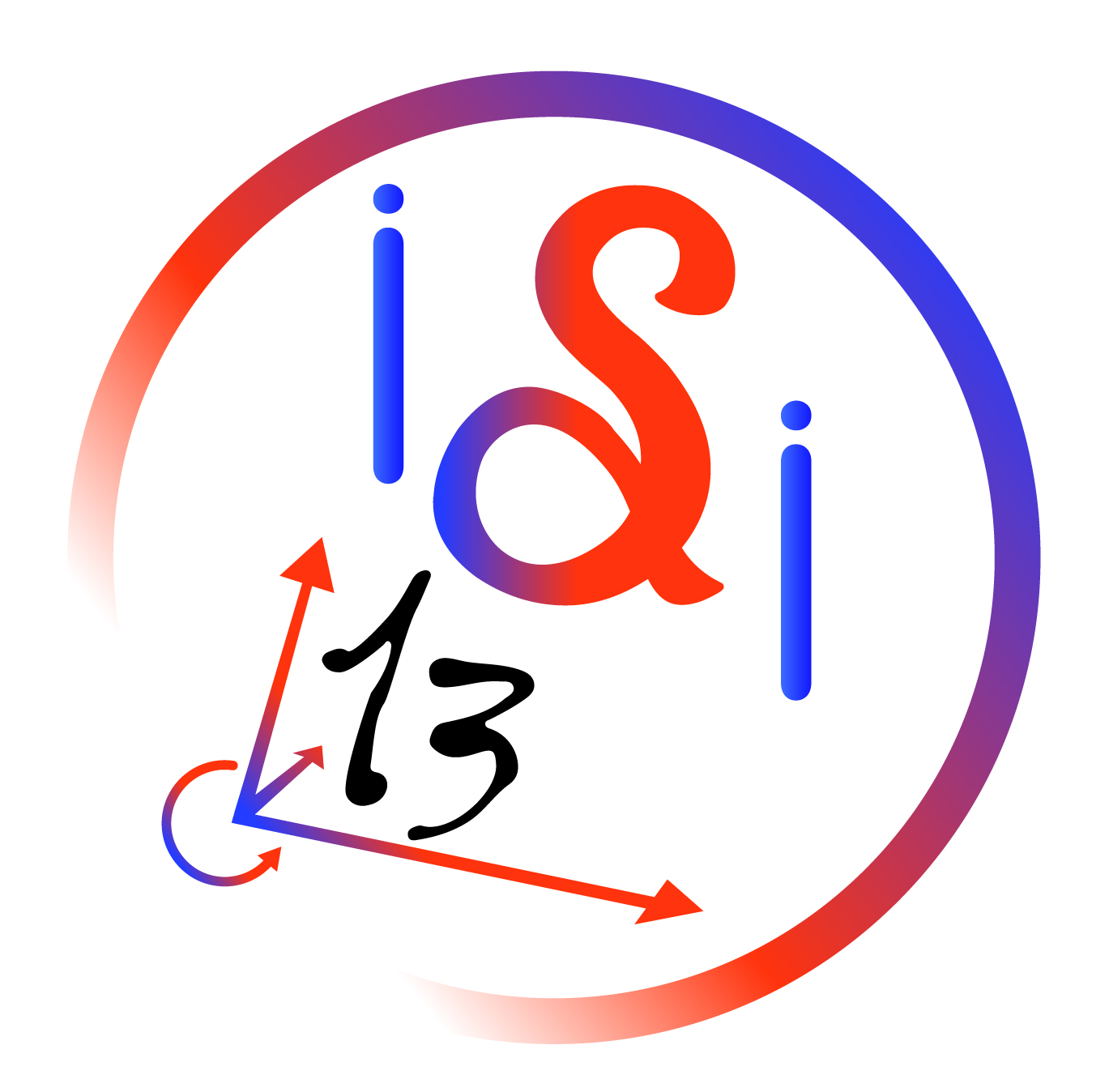We discuss two experimental results on the problem of quantum estimation applied to functions. We illustrate quantum function estimation of the phase response of a liquid crystal employing both quantum and classical resources, providing evidence of the superiority of the former strategy. Including function estimation in the toolkit of quantum metrology opens up opportunities for quantum...
In semiconductor quantum dots, the spin of a confined charge carrier, whether electron or hole, attracted a lot of interest since spin-polarized optical transitions enable the efficient generation of spin-photon and photon-photon entanglement. This could be extended to generate multi-photon entangled states, which are building blocks for quantum technologies such as measurement-based quantum...
Molecular spins hold potential for quantum information when integrated into planar superconducting microwave resonators [[AdvPhysX3,1435305(2018)]][1]. Along this line, we present our recent results on developing protocols (i.e. microwave sequences) for initializing, manipulating and reading out molecular spin ensembles. We first apply a storage/retrieval protocol on an Oxovanadyl (VO(TPP))...
We discuss the problem of entanglement protection against surrounding noise by a procedure suitably exploiting spatial indistinguishability of identical subsystems. To this purpose, we take two initially separated and entangled identical qubits interacting with two independent noisy environments. Three typical models of environments are considered: the amplitude damping channel, the phase...
For distinguishable particles, there exists an agreed upon notion of entanglement based on the possibility of addressing individually each particle. Instead, the indistinguishability hinders their individual addressability and has prompted diverse, discordant definitions of entanglement. I will present a formulatiom of emtamglement in terms of correlation functions, that provides a general...
The fast development of quantum technologies based on superconducting devices is particularly important for the search of light dark matter, such as Axions and Axion-like particles, where it is required the efficient detection of single microwave photons with low dark-count rates. We present SIMP, an experiment for the axion search based on the use of a current biased Josephson junction...

